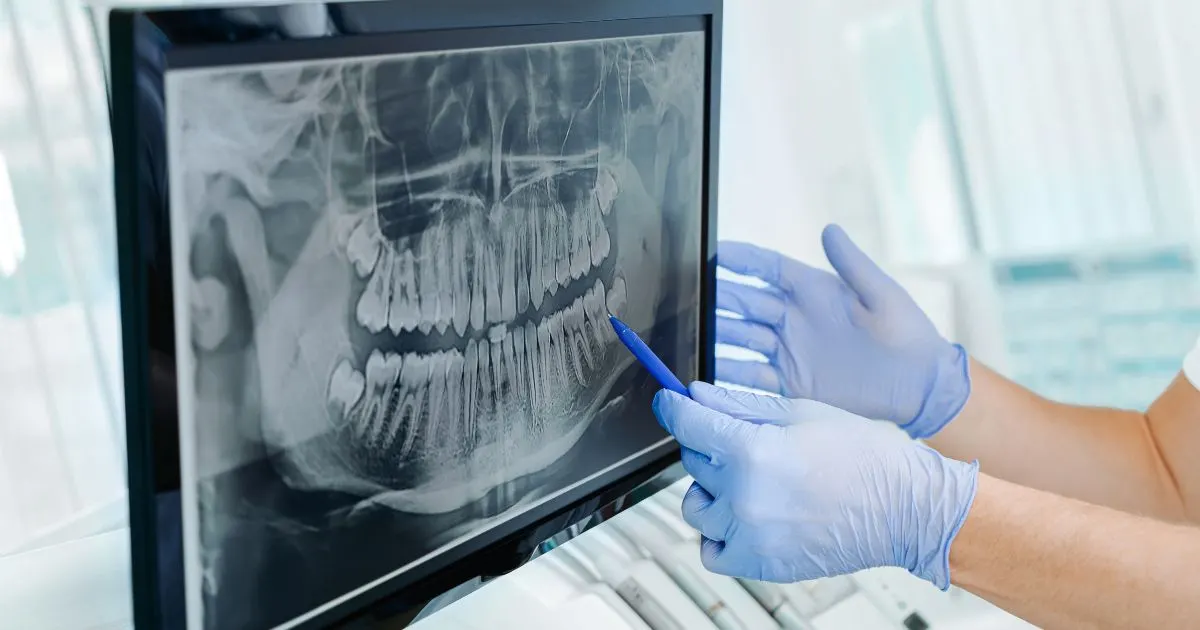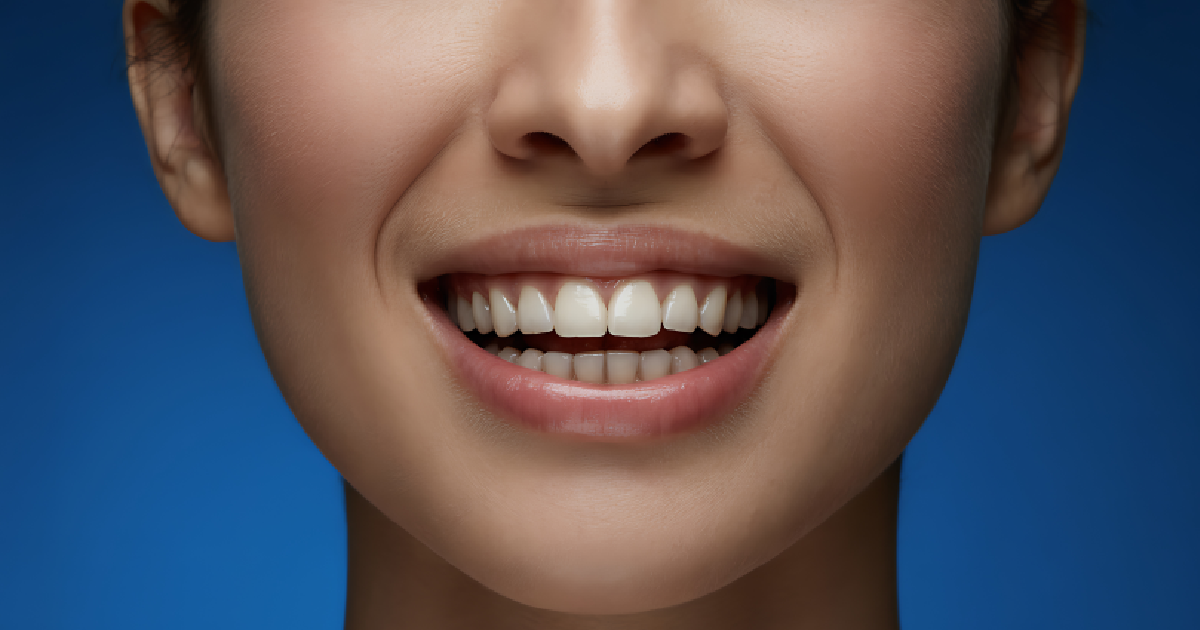Table of Contents
If you have damaged or missing teeth, you’re not alone. Many people experience wear, decay, or injuries that affect their smile and ability to chew or speak comfortably. Fortunately, Dental Crowns and Bridges offers reliable options for restoring teeth to their proper shape and function. At California Coast Dental Arts, we provide these proven solutions for patients seeking effective dental restoration.
This article will explain how dental crowns and bridges work, who they’re best for, what to expect during the procedure, and why so many patients are choosing them in Oceanside, CA.
What Are Dental Crowns and Bridges?
Dental Crowns & Bridges are custom-made restorations used to treat different kinds of tooth damage or tooth loss. Though often mentioned together, they serve different purposes:
What Is a Dental Crown?
A dental crown completely covers a damaged, decayed, or worn-down tooth. It restores the tooth’s shape, size, strength, and appearance. Crowns are often used when a tooth is:
- Broken or severely chipped
- Decayed and cannot support a filling
- Worn down from grinding
- Treated with a root canal and needs protection
- Misshapen or discolored
The crown helps protect the tooth structure while restoring full function.
What Is a Dental Bridge?
Usually, a dental bridge is used when a tooth or teeth are missing. Artificial teeth (called pontics) are held in place by attaching to neighboring teeth with crowns. These supporting teeth, known as abutments, help hold the bridge in place.
Bridges help:
- Fill in gaps caused by missing teeth
- Maintain proper alignment of remaining teeth
- Improve chewing and speaking
- Restore appearance and bite
How Dental Crowns Work
Initial Examination and Preparation
The first step in getting a dental crown is an evaluation at your dentist’s office. At California Coast Dental Arts, we examine the tooth, take digital images or impressions, and prepare the area for the crown. Any decay is removed, and the tooth is reshaped to allow room for the crown.
Temporary Crown Placement
While your permanent crown is being created in the lab, a temporary crown may be placed to protect the tooth. This temporary piece will only be worn for about two weeks.
Final Placement
As soon as the permanent crown is ready, your dentist will remove the temporary one, check that it fits and looks right one, and cement it into place. The bite will also be checked to ensure it feels natural and comfortable.
How Dental Bridges Work
Assessment and Design
For a dental bridge, your dentist will evaluate the number of missing teeth, the health of the adjacent teeth, and your overall oral health. If you’re a good candidate, the neighboring teeth will be prepared just like crowns. These teeth will anchor the bridge.
Impressions and Fabrication
Next, impressions are taken to create a mold for your bridge. Bridges are made to match your natural teeth so that it blends in well with your smile.
Fitting and Cementing
As soon as the bridge is ready, your dentist will try it in, make adjustments if needed, and then cement it. You may need a few follow-up visits to ensure everything fits properly and you are comfortable.
Who Needs Dental Crowns & Bridges?
Not everyone with a damaged or missing tooth automatically needs a crown or bridge. However, you may be a good candidate if you
- Have a severely decayed or cracked tooth
- Recently had a root canal
- Injured, decayed, or lost a tooth
- Struggle with chewing due to missing teeth
- Want to restore appearance and function without removable dentures
Dental Crowns & Bridges are durable, effective, and long-lasting with proper care. Most patients report immediate improvements in chewing comfort and appearance after the procedure.
At California Coast Dental Arts, we work with patients of all ages to offer Crowns and Bridges in Oceanside, CA. Our team helps determine the best option for your needs and explains each step so you feel informed and confident.
What Materials Are Used for Dental Crowns & Bridges?
Common Materials
Dental crowns and dental bridges can be made from various materials, including:
- Porcelain or ceramic: Natural-looking and ideal for front teeth
- Porcelain-fused-to-metal: Stronger and often used for back teeth
- Metal alloys: Very durable and long-lasting, though not tooth-colored
- Zirconia: Known for strength and aesthetics
Your dentist will help you choose the best material based on your tooth’s location, the pressure it will bear, and your personal preferences.
Benefits of Dental Crowns & Bridges
Choosing dental crowns or dental bridges offers several benefits:
- Improved function: Eat and speak comfortably
- Restored appearance: Teeth look natural and complete
- Better oral health: Prevent surrounding teeth from shifting
- Enhanced bite alignment: Maintain even pressure and jaw position
- Long-lasting results: With good care, crowns and bridges can last over a decade
These treatments also help prevent additional damage, decay, or jaw strain caused by missing or weakened teeth.
How to Care for Dental Crowns & Bridges
To maintain the health of your restorations and surrounding teeth, follow these basic care guidelines:
Daily Oral Hygiene
- Brush twice daily with a soft-bristled toothbrush
- Use fluoride toothpaste
- Floss daily, especially around the base of the crown or bridge
- Use a water flosser to make cleaning easier
Dental Checkups
You should visit your dentist every six months for cleanings and exams. This allows us to monitor your dental restoration and make adjustments if needed.
Avoid Hard Foods
Do not chew ice or hard candies, which can chip or damage your crown or bridge.
Watch for Changes
Please inform your dentist if your restoration feels loose, causes discomfort, or doesn’t fit correctly. Early attention helps prevent more serious problems later.
Common Questions About Dental Crowns & Bridges
How long do crowns and bridges last?
Good oral hygiene and regular dental care, crowns, and bridges can last 10-15 years or longer. Their lifespan depends on the material used and how well you care for them.
Do dental bridges feel like real teeth?
Most patients find that bridges feel natural after a short adjustment period. They are custom-made to match your existing teeth in size, shape, and color.
Is the procedure painful?
The procedure itself is not painful. Local anesthesia keeps you comfortable during tooth preparation. Some mild sensitivity may occur after the procedure, but it usually goes away within a few days.
Can I eat normally with a crown or bridge?
Once the restoration is placed, you can return to a regular diet. To protect your restoration, avoid very hard or sticky foods.
Does insurance cover crowns and bridges?
Many dental insurance plans offer partial coverage for dental crowns and bridges, especially if the treatment is medically necessary. Check with your insurance provider or ask our office staff for help.
Why Choose California Coast Dental Arts?
At California Coast Dental Arts, we focus on personalized care and practical treatment options. Our skilled dental team has extensive experience with Crowns and Bridges in Oceanside, CA, and we use high-quality materials to achieve long-term results.
From your first consultation to final placement, we aim to make the process clear and comfortable. Whether you need a dental crown to restore a damaged tooth or a dental bridge to replace missing teeth, we’re here to help you achieve a healthier, more complete smile.
Conclusion
Dental Crowns & Bridges are trusted solutions for restoring damaged or missing teeth. They improve function, enhance appearance, and support long-term oral health. If you’re struggling with tooth damage or gaps in your smile, it’s worth learning more about these treatments.
At California Coast Dental Arts, we specialize in Crowns and Bridges in Oceanside, CA, and work closely with every patient to ensure comfort and satisfaction. Let us help you regain confidence in your smile. Schedule your personalized consultation with California Coast Dental Arts today and take the first step toward restoring your smile with confidence.






